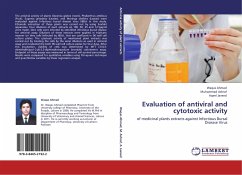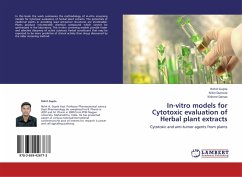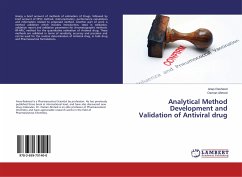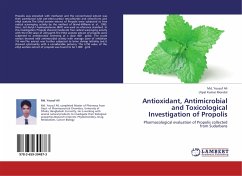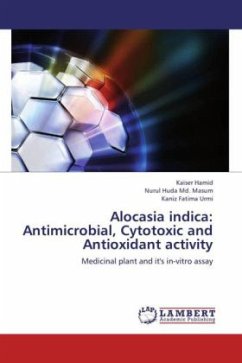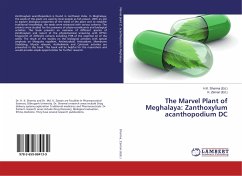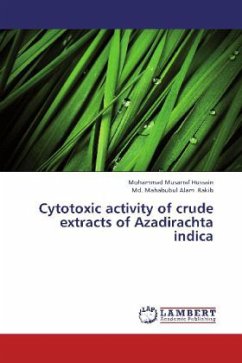The antiviral activity of plants Glyceriza glabra (roots), Phyllanthus amblicus (Fruit), Eugenia jamolana (Leaves), and Moringa oleifera (Leaves) were evaluated against Infectious bursal disease virus (IBDv) in this study. Ethanolic extraction of these plants was carried out by using Soxhlet apparatus. Four dilutions of each extracts viz 100, 50, 25 and 12.5 g/ml were made. Vero cells were infected by identified infectious bursal disease for antiviral assay. Dilutions of these extracts were applied in triplicate manner on Vero cells (infected by IBDv), that are confluent in 96 well cell culture plates. The cytotoxic activity of mentioned plant extracts was carried out by treating the cells by the same dilutions as used in antiviral assay and incubated the both 96 well cell culture plates for four days. After this incubation, viability of cells was determined by MTT [3-(4,5-dimethylthiazol 2-yl)-2,5-diphenyltetrazolium bromide] colorimetric assay. Endpoint of these assays was measured in terms of cell survival percentage. Results were compared for qualitative variables using Chi-square technique and quantitative variables by linear regression analysis.
Bitte wählen Sie Ihr Anliegen aus.
Rechnungen
Retourenschein anfordern
Bestellstatus
Storno

